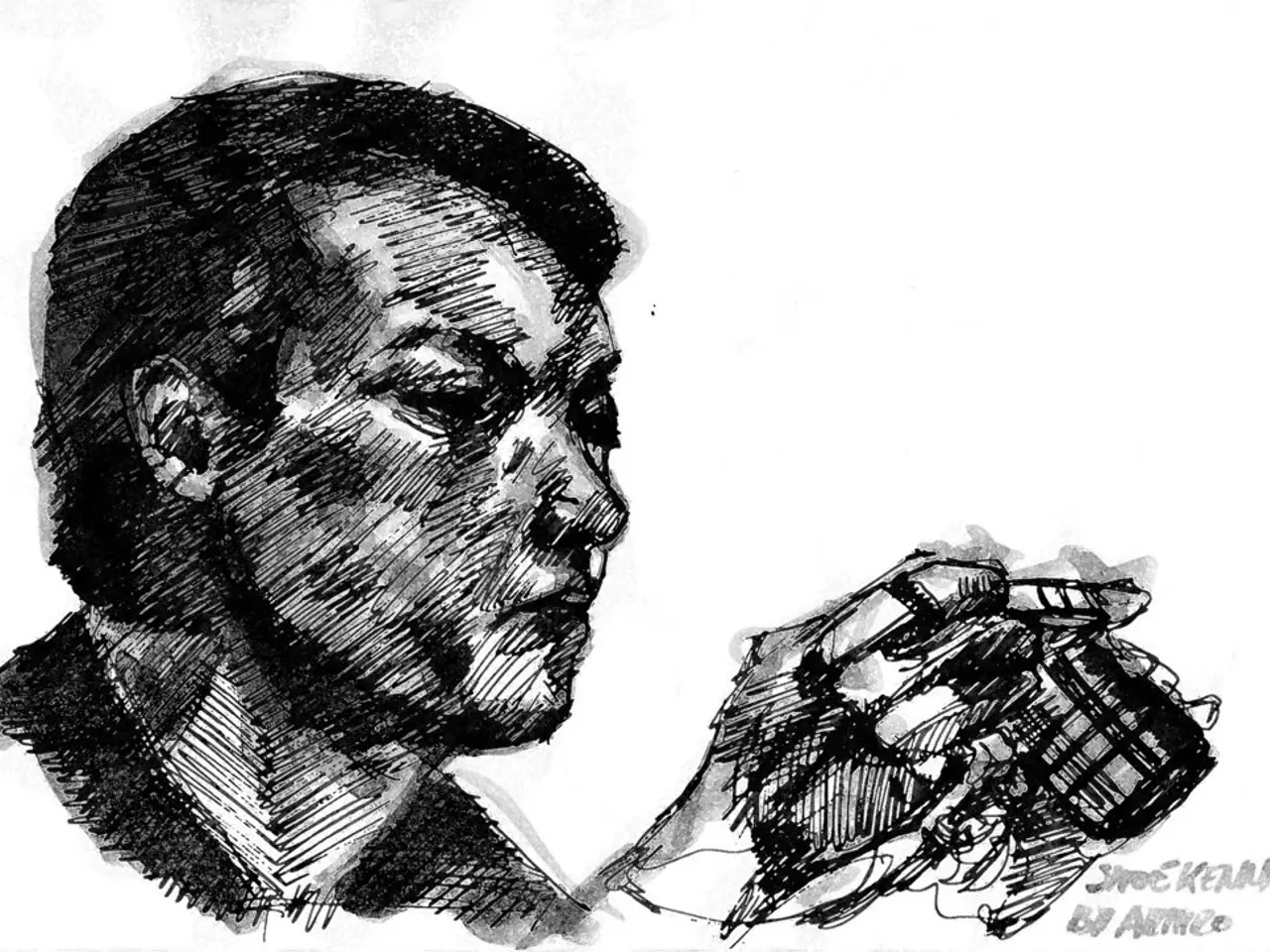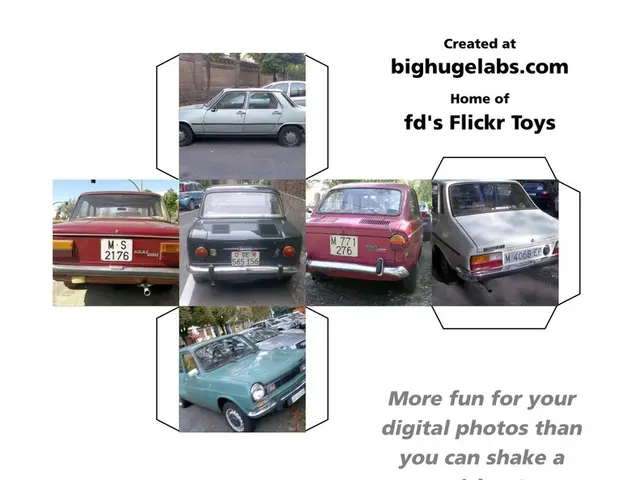New Method 'Visual Jigsaw' Boosts Multimodal AI's Visual Understanding
Researchers have introduced a novel method, Visual Jigsaw, to enhance multimodal AI systems' understanding of visual data. This post-training framework improves models' ability to interpret images, videos, and 3D scenes without compromising existing reasoning skills.
Visual Jigsaw involves a self-supervised task where models must reconstruct shuffled visual inputs. This encourages the model to better capture local patch details and infer global spatial layouts, leading to improved fine-grained perception and spatial understanding. For videos, the framework enhances performance on various benchmarks and frame settings.
Unlike traditional multimodal large language models that often prioritize text understanding, Visual Jigsaw treats visual input as primary. It improves the model's ability to interpret visual data, including temporal reasoning and 3D spatial understanding. Notably, the method requires no additional visual generative components and derives its supervisory signal automatically.
The Visual Jigsaw method, developed by unidentified researchers, has shown consistent improvements in performance across diverse vision-centric benchmarks. By encouraging models to better understand visual data, this approach enhances multimodal AI systems' capabilities without compromising their existing reasoning abilities.
Read also:
- BMW's Debrecen Plant Unveiled: Birthplace of the iX3 and New Class Models
- Mapbox's Navigation Software Development Kit integrated with MapGT's Artificial Intelligence Voice Assistant
- US President Trump and UK Labour Leader Starmer discuss strengthening economic and technological ties between the United States and the United Kingdom.
- Leakage in Elon Musk's xAI Project Emerges








